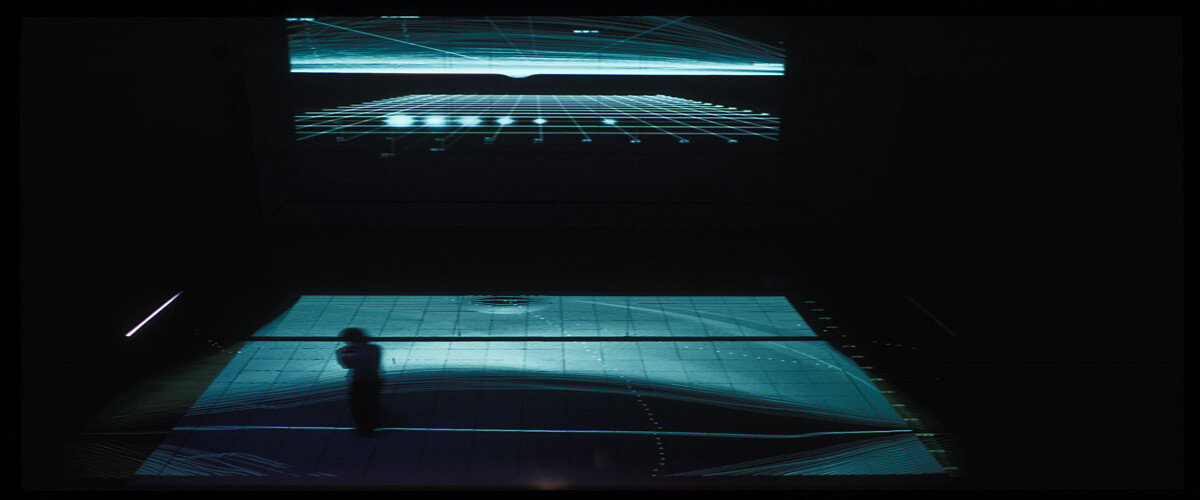Edited by Oliver Grau with Wendy Coones and Viola Rühse
The digital revolution fundamentally changed how cultural heritage is created, documented, analyzed, and preserved. The book focuses on this transformation’s impact. How must museums and archives meet the challenges of digitally generated cultures and how does the digital revolution influence traditional object collection, research, and education? How do digital technologies and digital art and culture affect our interaction with images? Leading international experts from various disciplines break new ground. Pioneering interdisciplinary research results collected in this book are relevant to education, curators and archivists in the arts and culture sector and in the digital humanities.
–New developments in museums and archives as a result of digital technologies
–Indispensable to curators, archivists, art and media researchers
–Contributions by Lev Manovich, Christiane Paul, Dieter Bogner, Jeffrey Shaw, Sarah Kenderdine, Jorge Wagensberg, Dieter Bogner, Ryszard W. Kluszczyński, Youngjin Lee, Erkki Huhtamo, Okwui Enwezor, Sean Cubitt, Morten Søndergaard, Andreas Broeckmann, Harald Kraemer, Lutz Engelke, Anja Osswald et al.
Oliver Grau is an internationally renowned academic whose book Virtual Art (2003) is the most quoted art history monograph of the last decade. He has received several awards for books including Mediale Emotionen (2005), MediaArtHistories (2007), Imagery in the 21st Century (2011), and Visual Power of Digital Arts (2016). Wendy Jo Coones and Viola Rühse are academics at Danube University.
De Gruyter
September 2017 ISBN 978-3-11-052963-0 324 pp.
Certified program: exhibition development
low residency, parallel to employment, international faculty, in the UNESCO World Cultural Landscape Wachau in Austria
Starts November 4, 2017
This unique program at the Department for Image Science enables students to profit from the knowledge and experiences of outstanding experts in the field of scientific and cultural exhibition-making and design. Participants will be presented with creative and organizational skills like exhibition development, scenography and project management as well as with know-how about the financing, copyrights-management, the international movement of objects, and multimedia-based techniques of presentation.
International experts like Christiane Paul, Wendy Coones, Enrique Guitart, Jorge Wagensberg, Stefan Iglhaut, Patricia Munro, Lutz Engelke, Becky Gilbert, Frank den Oudsten, and more are brought together through this singular program—a network that combines historic vision with the latest knowledge about current developments and trends on a high level.
The certified program covers competencies for the professional assessment of chances and risks in contemporary exhibition planning and shows how to apply these skills in concrete projects. By developing and completing a concrete project or internship, participants get the opportunity to try out their own ideas in exhibition work. This way they are able to apply newly learned aspects of project management and their gained knowledge on the creative and theoretical components of exhibition making. There is plenty of opportunity for discussing crucial issues with experts and for the individual specialization of knowledge.
Working professionals can deepen and expand their knowledge, or embark on new career paths. New graduates can gain valuable interdisciplinary career experience while they study. Admission based on a previous degree or significant working experience.
Digital application details and contact
Deeper content information
Duration: 2 semesters, 30 ECTS, language of instruction: English
1st semester includes low-residency presence modules November 4–11, 2017 and February 3–11, 2018.
2nd semester includes research and project work from home.
Students can upgrade to the 120 Master of Arts.

